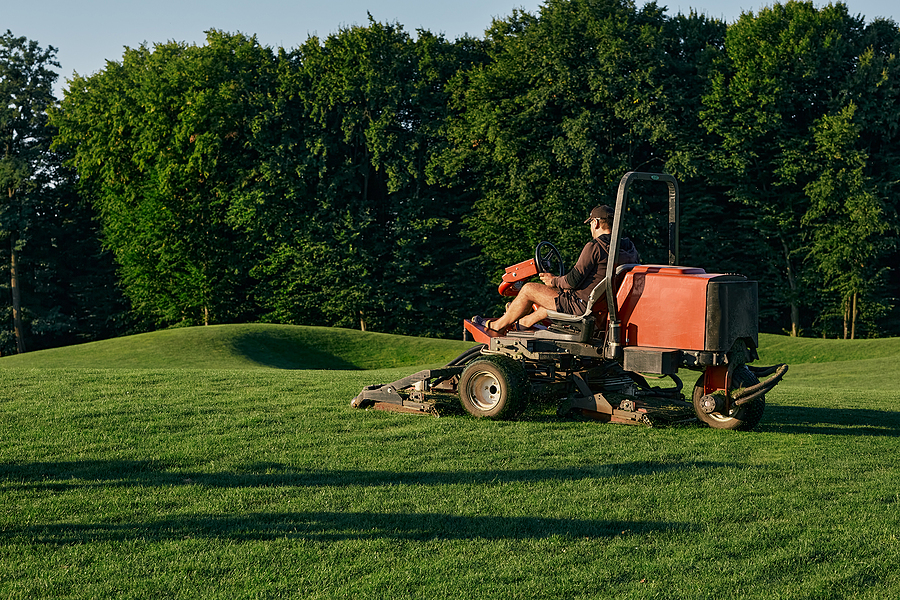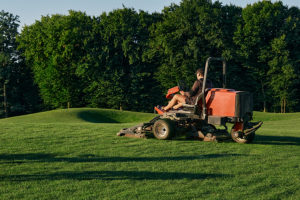
22 Dec Turfgrass Care Secrets
 Nobody wants to play golf on a course that’s brown or patchy with grass. And while some turfgrass care tips are obvious (i.e., watering and fertilizing), there are some other hacks that groundskeepers have picked up along the way. Let’s take a closer look at some of the turfgrass tips you need to know—from the basics to some other pointers you may not have heard of.
Nobody wants to play golf on a course that’s brown or patchy with grass. And while some turfgrass care tips are obvious (i.e., watering and fertilizing), there are some other hacks that groundskeepers have picked up along the way. Let’s take a closer look at some of the turfgrass tips you need to know—from the basics to some other pointers you may not have heard of.
Turfgrass Care Secrets: The Basics
All golf course superintendents should know how important proper watering, mowing and general lawn care are to ensuring that your course’s playing surface is in good condition, but it’s worth revisiting some of the basic best practices:
- Watering: Regular watering is key to keeping your turfgrass lush and green, especially during the dog days of summer. Make sure to water your course with water that’s low in salt content. Also, be sure to use a soil probe to occasionally check moisture depth and help determine watering regularity.
- Mowing: Mowing at the right height—and with a sharp blade—is also important. Mowing height changes with the season and may range from three quarters of an inch in the spring to 1.5 inches in the summer. Generally speaking, you should not be mowing more than one-third of a grass blade on each cut.
- Fertilizing: Feed your course regularly to keep it green and healthy. How often you feed and the products you use should be dictated by the type of climate your course is located in.
- Aeration: Aeration helps prevent soil compaction and also ensures that water and other nutrients are able to reach the roots, helping turfgrass recover faster and stay healthy. Have just a small, select area on the golf course that you want to aerate? You can keep the equipment in the shed and use a simple garden fork.
Other Turfgrass Care Tips
Aside from the basics mentioned above, there are a variety of other tips—or hacks—that superintendents and groundskeepers have discovered over time. Here’s a look at three of our favorite secrets:
- Spray frost with water: Don’t wait for any frost to go away naturally on those cool mornings late in the golf season. One hack is to spray down frosted areas with water, regardless of how counterintuitive that might sound. This will take care of the frost and make your golf course playable sooner.
- A screwdriver is your friend: Screwdrivers aren’t just tools to use on machinery and equipment—they can also come in handy as a makeshift soil probe. Just grab a flathead or Phillip’s head and stick it into the turf where you want to measure. If it goes in easily, it likely has enough water. If it doesn’t, you likely need to water more.
- Soften trouble areas with soap: Have a hard, compacted area on the golf course that’s causing problems? Grab some dish soap to help soften it up. Soap tends to penetrate turfgrass easier than just water, giving the grass a better overall feeding and helping resolve common issues.
Contact Soil and Water Consulting Today
You shouldn’t underestimate the health of your course’s turfgrass—and we can help. As a Brookside Labs partner, Soil and Water Consulting is here to test your water and soil, and help you understand the results to put an action plan in place. Contact us today for more information.

